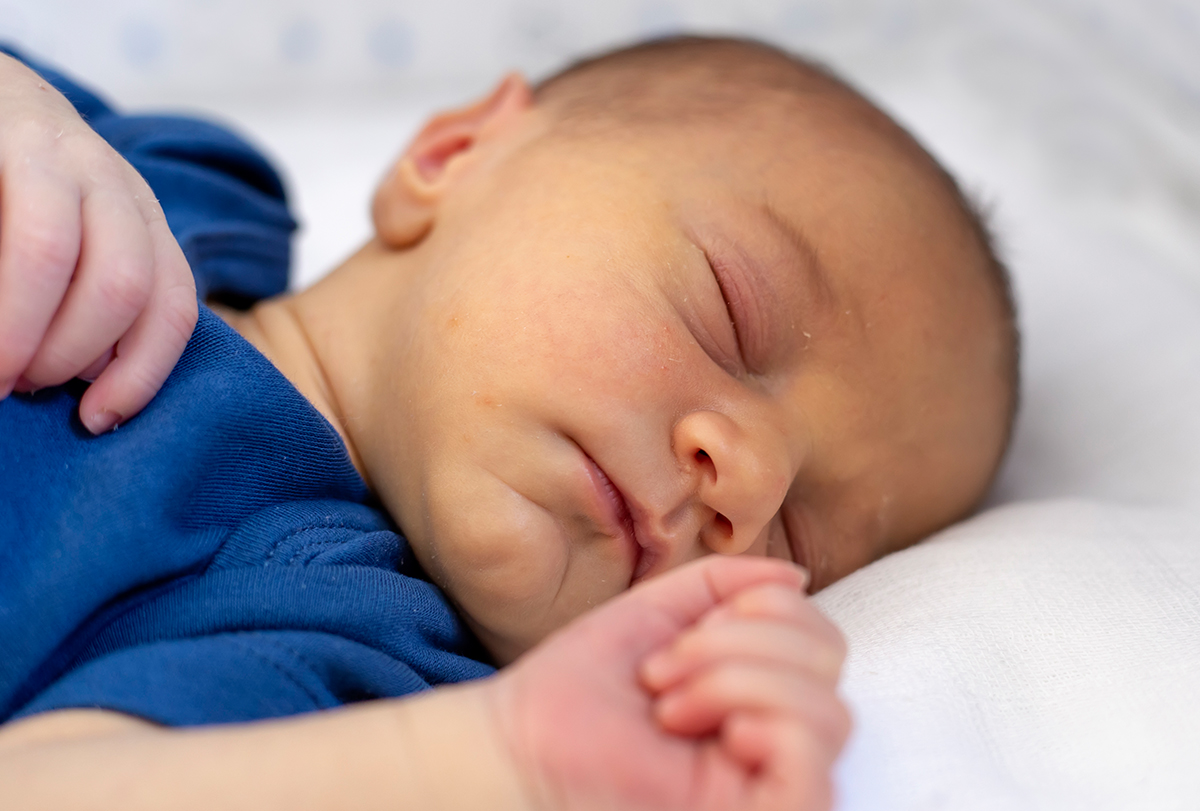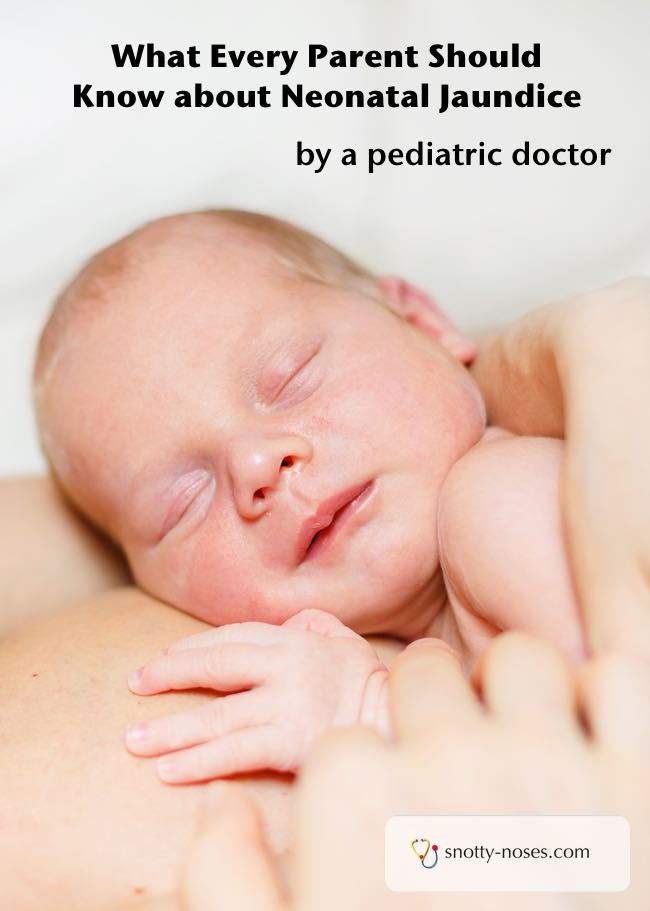what is jaundice in babies mean
Newborn babies red blood cells have shorter life spans than those of adults and the concentration of red blood cells in newborns is also higher. Jaundice Causes Neonatal Newborn Jaundice Jaundice is common among newborns because the metabolism circulation and excretion of bilirubin are slower than in adults.

What You Need To Know About Neonatal Jaundice Paediatric Society Of Ghana
Jaundice is more common in newborn babies and it is referred to as neonatal jaundice.

. Jaundice levels chart is to know the normal Jaundice Levels in newborn infants the risk jaundice levels that need treatment for the newborn baby and the new guidelines for effective treatment and fasts getting rid of jaundice. The American Liver Foundation says most newborns develop jaundice and in most cases its mild. By DrMegan Ralf November 5 2016.
If your baby has Rh disease hemolytic disease of the newborn due to having a different blood type from the mothers he or she may get this type of jaundice. The condition is caused by underdeveloped organs. This is mainly caused because a newborns liver isnt fully developed and it is less effective at processing bilirubin from the blood.
Other symptoms of newborn jaundice can include. This is the substance that gives. Babies rely on their mothers bodies to eliminate toxins and after birth they need to use their own.
In many cases this is a normal process and occurs in about 23 of all healthy newborns. Bilirubin is carried through the blood. Jaundice in newborn babies.
The yellowish appearance is a sign of an increased blood pigment called Bilirubin which then settles in the skin. Jaundice often occurs in newborns. Jaundice means yellow colouring of the skin and the whites of the eyes.
Jaundice is very common in newborn babies and most often its the kind that will clear on its own within a few weeks. If high bilirubin levels are untreated they can cause serious problems. Treatments for jaundice depend on whats causing it.
Keep an eye on your baby and let your babys healthcare provider know if you see any signs of jaundice getting. Ad Jaundice could indeed be a sign that something serious is going on. Jaundice is when a baby has yellowing of the skin and whites of the eyes.
Jaundice can be classified into three categories. Jaundice is very common in newborn babies about six out of 10 newborns have jaundice to varying degrees. Jaundice has another medical term icterus and means a yellowish tinge to the skin and the white part.
Treatment of jaundice in newborns largely depends on cause. It should still be mentioned to a doctor but do note that breastfed babies are more likely to develop jaundice and that jaundice of this type can last several weeks. Infant jaundice is fairly common in premature babies causing their skin and the whites of their eyes to turn yellow.
Jaundice is caused by the build-up in your body of a yellow substance called bilirubin. Jaundice in newborn babies is very common is usually harmless and usually clears up on its own after 1014 days. Jaundice shows up in babies as a yellowish tinge to the skin and eyes.
We are experiencing issues with incoming calls to our direct lines. This does not mean breastfeeding is bad or that jaundice that lasts for a few weeks is likely to harm your baby. Jaundice typically occurs because newborns normally produce increased levels of bilirubin which is referred to as physiologic jaundice Bilirubin which is yellowish in color is produced when.
The medical term for jaundice in babies is neonatal jaundice. There are many causes of jaundice. Some types of jaundice are serious.
Newborn babies produce large quantities of the pigment bilirubin. This is a pigment that settles in body tissues and can make your babys skin look yellow. Newborn jaundice is a yellowing of a babys skin and eyes.
Feeding especially breastfeeding your baby often in the first hours and days after birth helps reduce the risk of jaundice. There are lots of possible reasons for this and some of them are serious. A common condition it can occur when babies have a high level of bilirubin a yellow pigment produced during the breakdown of red.
Jaundice is the name given to yellowing of the skin and the whites of the eyes. This issue can also be from having too many red blood cells or rare problems in which the red blood cells are more fragile than normal. Neonatal jaundice describes a condition in which an infants skin appears yellow within the first few days of life.
Most types of jaundice go away on their own. Caused by an excess of bilirubin READ MORE. Jaundice is caused by an excess of a chemical called bilirubin.
It can also point towards a relatively mild condition. The condition is caused by underdeveloped organs. Jaundice is a common and usually harmless condition in newborn babies that causes yellowing of the skin and the whites of the eyes.
Mild jaundice is common in newborn babies - it starts on the second or third day and settles over 7 to 10 days. When a baby has jaundice it means either his body is making too much bilirubin or the liver is not getting rid of it quickly enough. Most jaundice is physiological jaundice.
Jaundice is due to an elevated level of yellowish pigment in the blood called bilirubin that forms when the babys body breaks down excess red blood cells. Newborn jaundice is a common condition that occurs when a baby has a high level of bilirubin in the blood soon after birth. It often goes away on.
Yellowing of the palms of the hands or soles of the feet. Jaundice also called hyperbilirubinemia means that there is a high level of bilirubin in the blood.

Neonatal Jaundice In Babies Snotty Noses

Jaundice In Newborns Treatment And Care At Home

Jaundice In Babies And Newborns Causes Symptoms And Bonding During Treatment Parents

Causes And Types Of Jaundice Explained Baby Gooroo

Newborn Jaundice Birth Injury Guide

Neonatal Or Newborn Jaundice Symptoms Causes Risks And Treatment Options

Newborn Jaundice Birth Injury Guide

